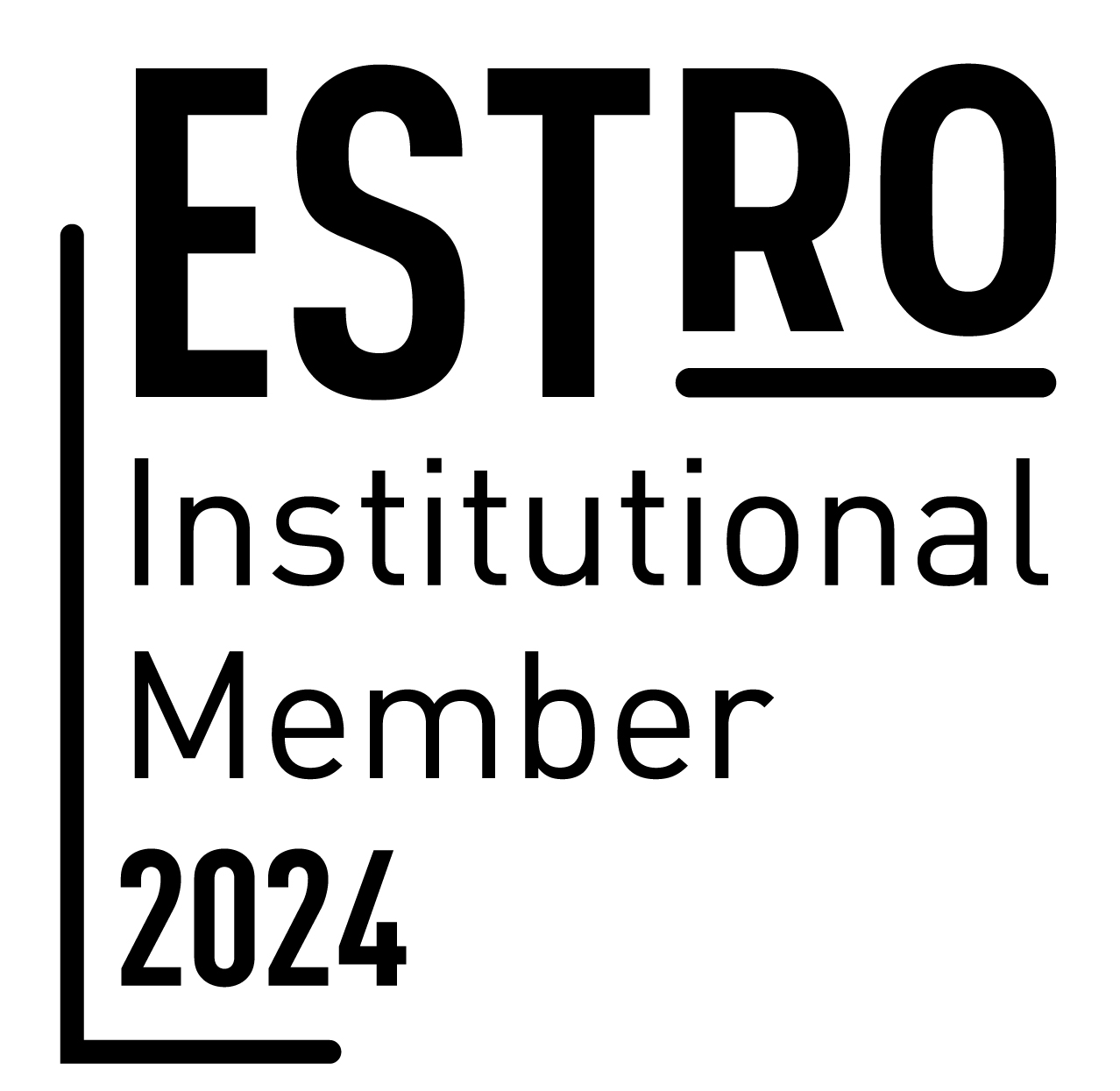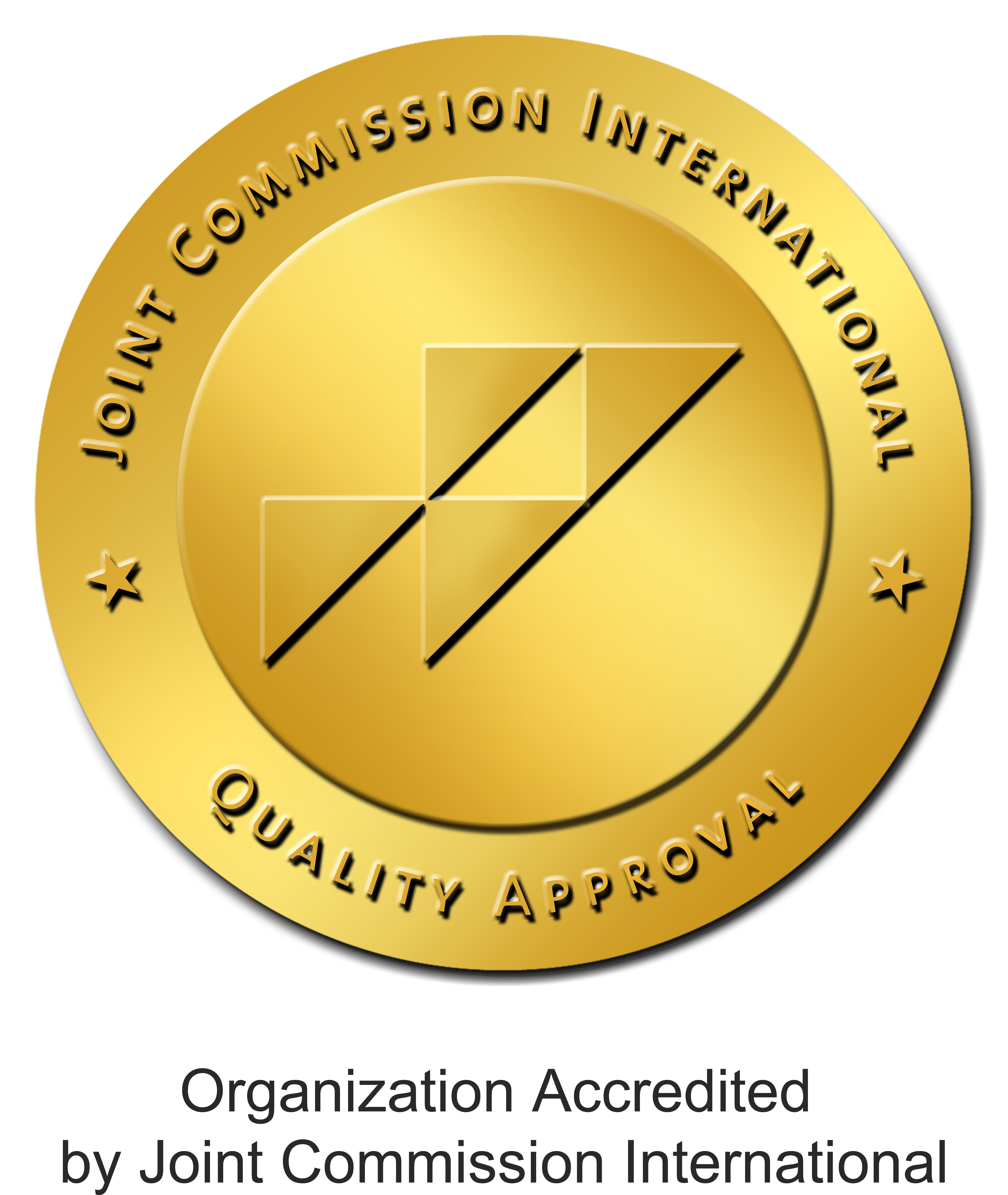Pathologies that can be potentially treated with hadrontherapy
Ocular melanoma
Ocular melanomas are rare tumours that develop from melanocytes, cells that are present in some parts of the eye. First of all, in cases of ocular melanomas, a distinction should be made between primary tumours- those originating directly from eye cells- and secondary tumours- metastases from other tumours that have reached the eye.
The most common primary ocular melanomas in adults are those originating from the uvea, where the melanin-producing cells are found.
They represent 2% of all ocular tumours and are divided into:
- Uveal melanomas in the choroid (85% of cases)
- Uveal melanomas in the ciliary body (10% of cases)
- Uveal melanomas in the iris (5% of cases)
Causes of ocular melanomas
The causes of ocular melanomas are mostly unknown, but fair skin and light eyes are the most common factors found in patients with intraocular melanoma. Some hereditary conditions can also affect the appearance of ocular melanomas, such as:
- Dysplastic nevus syndrome
- Oculodermal melanocytosis, (nevus of Ota)
In addition, some risk factors that may favour the onset of this type of tumour are being evaluated, such as:
- Excessive exposure to the sun, especially to UVA and UVB rays
- Contact with potentially harmful chemical substances
Symptoms of ocular melanomas
Ocular melanoma is often asymptomatic; symptoms, which affect vision, sometimes appear when the malignancy is already in an advanced stage.
Possible symptoms:
- Blurred vision
- Double vision
- Black spots
- Flashes of light in the visual field
- Visual field reduction
- Sudden loss of vision
- A dark spot on the iris
- Changes in the size and/or shape of pupils
- Changes in the position of the eye and/or its way of moving
- Presence a particularly vascularised area
- Pain (very rarely)
The symptoms of ocular melanomas are similar to other pathologies, so a visit to the ophthalmologist to assess the nature of the symptoms is necessary as soon as they appear.
Diagnosis of ocular melanomas
Diagnosing ocular melanomas requires a specialist ophthalmic exam by an ophthalmologist specialised in ocular oncology, generally working at reference centres; a biopsy is used very rarely instead to avoid the risk of damaging the eye.
Once the ocular melanoma has been diagnosed, other tests aimed at verifying whether the tumour has spread to other areas of the body are required. Therefore, further imaging tests should be carried out:
- X-rays
- Computed tomography (CT) scans
- Magnetic resonance imaging (MRI) scans
Ocular melanomas are classified using the TNM staging system, which takes into account:
- Size of the tumour (T)
- Condition of nearby lymph nodes (N)
- Presence of metastasis (M)
Treatment of ocular melanomas
The treatment of ocular melanomas depends on a number of factors such as the location of the tumour, the stage of the malignancy, and the patient's condition. It is not uncommon that the treatment includes more than one therapeutic option.
Surgery is nowadays a less spread choice than it was in the past, while radiotherapy is a treatment that is often used thanks to its ability to destroy cancer cells with extreme precision, limiting any damage to vision.
Hadrontherapy with protons has gained wide acceptance in the scientific community since it has been shown that therapeutic results are comparable to those obtained with enucleation. The local control with conservation of the organ is the most important objective of the treatment with protons.
The use of proton therapy to treat ocular melanomas is based on the possibility of dispensing a healing dose to the tumour while sparing surrounding tissues. The results in terms of disease control, available in clinical literature, have shown a clear superiority of this technique compared to the conventional forms of photon radiation therapies.













